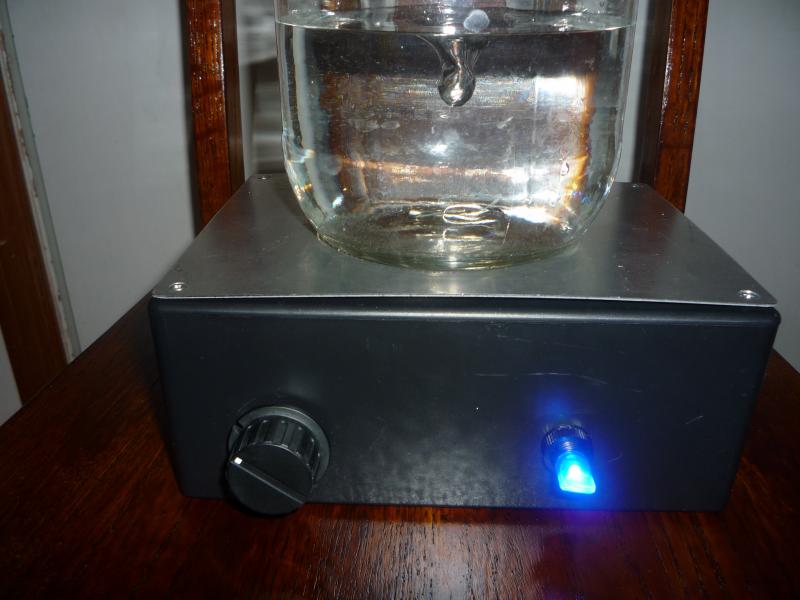The last stirplate I made used Wonderflonium Magnets coupled to an Inverse Reactive Intensifier. My idea was to control vortex creation with a reactive feedback circuit sensing motion/flow. Unfortunately the Scotch Tape I had used to hold the feedback circuit onto the flask gave way and the IRI ran loose. Before I could unplug it, it had created an antimatter field proportional to the mass of the Wonderflonium, squared.
I'm grateful that nobody was hurt, but that was the last of my Wonderflonium, and now I can't build that Freeze Ray I had my heart set on!
I'm grateful that nobody was hurt, but that was the last of my Wonderflonium, and now I can't build that Freeze Ray I had my heart set on!











![Craft A Brew - Safale S-04 Dry Yeast - Fermentis - English Ale Dry Yeast - For English and American Ales and Hard Apple Ciders - Ingredients for Home Brewing - Beer Making Supplies - [1 Pack]](https://m.media-amazon.com/images/I/41fVGNh6JfL._SL500_.jpg)


















































